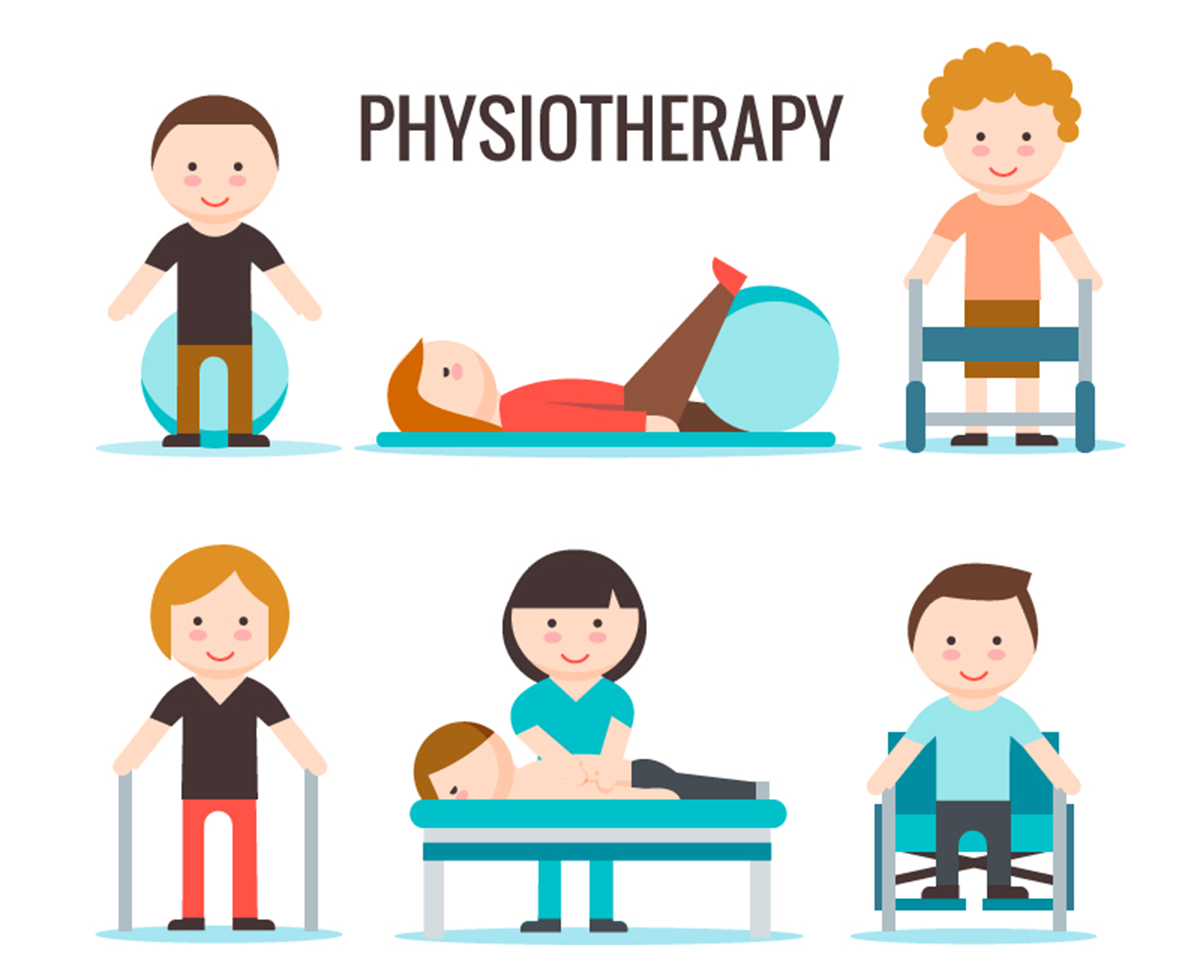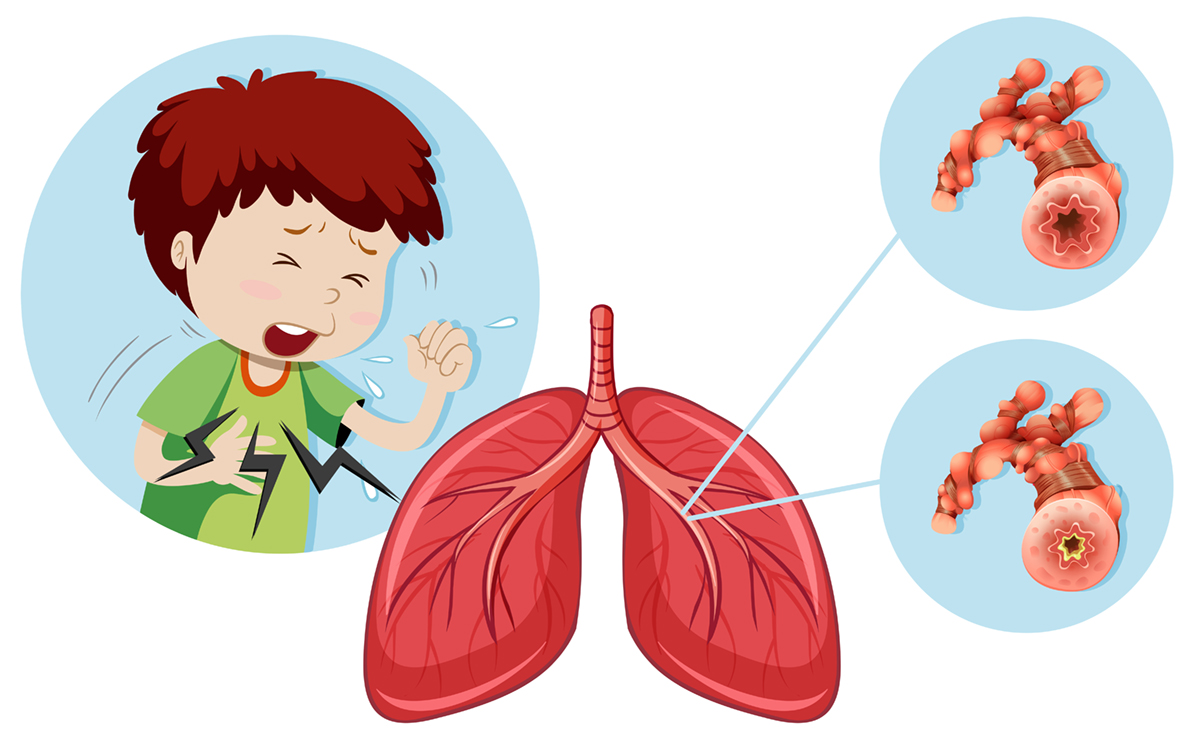When I say physical therapist, what’s the first thing that comes to mind, a doctor for sports injuries, neck pain, and back pain? While physical therapists do treat these conditions, they also do so much more. Physical therapy is a clinical health science that is intended to treat an array of physical ailments. Here are some conditions that you may not be aware that physical therapists treat.
Physical Therapy Has Changed The Lives Of Many People In My Family
Prematurity
My first born son was due June 7th, and he arrived on March 18th, weighting 2lb.6oz. He was about the size of a dollar bill. Being so early was tough on both of us. He was always attached to machines, covered in IVs, and kept in an incubator. As a first time mother, I was really a wreck. I spent every day with him at the hospital. Sometimes watching nurses draw blood and change IVs was just too much for me to handle. Needless to say, I cried a lot during this segment of my life.

However, there was always one doctor that I was happy to see in the NICU, my premature child’s physical therapist. Once every week, a physical therapist came to administer massage treatment to my child that he even seemed to enjoy. It looked like he relaxed every time she massaged his tiny body using only the tips of her fingers, and I relaxed because he was receiving treatment that didn’t involve needles.
Massage therapy helps preemies develop and gain weight more rapidly. In a study by Field et al., 2010, they found that massage therapy has led to weight gain in preterm infants when moderate pressure massage was provided.
Weight gain is the ultimate goal when it comes to working toward getting your preemie home. They must develop their ability to suck, swallow, and breathe in order to eat and gain weight. It’s a big milestone for these little people.
Let me be the first to say that when your infant lives at the hospital, you also feel like the hospital owns your child. It’s a helpless feeling. Any practice that makes their time at the hospital shorter is a worthy practice. Vickers et al., 2004 state, “Massage interventions also appeared to reduce length of stay by 4.5 days.”
If you have a preemie, make sure that your child is seen by a physical therapist for massage therapy.
Interstitial Cystitis
I discussed the idea of studying to become a physical therapist with my family members. I was surprised when one family member shared her experience with interstitial cystitis, or IC. She was referred to a qualified physical therapist to help ease its painful symptoms, and her therapy was also through massage.
Her condition was directly affecting her pelvic floor. The solution was to release trigger points using hands-on treatment, or massage therapy both internally and externally. She said the treatment was extremely effective, and though she may have felt awkward about it at first, she was happy with the results of the treatment.
READ Could Parkinson's Disease Be Cured Without Medication?
Parkinson ’s Disease
Another person in my family has Parkinson’s disease. The whole family is pushing him to consider treatment from a PT.
Parkinson’s disease is a disease that attacks the nervous system. It can cause muscle and joint pain, weakness, and tightness. If you know someone with Parkinson’s, you can see that movement or mobility becomes very difficult for them. In my family member’s case, he has difficulty even walking. He drags one of his feet more than the other, and if he falls, it takes several of us to help him up. It’s quite concerning to all of us because it detracts from his daily quality of life.
We remember him for the ox of a man that he once was, and the effects of Parkinson’s have taken control of his strength.
Even though physical therapists can’t cure Parkinson’s, they do specialize in body movement and can offer relief from its symptoms. A PT may be able to help with the muscle and joint pain, weakness, and tightness. They can also assist with other symptoms such as balance, coordination, immobility, and fatigue.
More Surprising Conditions That Physical Therapists Treat
Asthma Sufferers
There is now a compelling body of evidence showing that instruction in fairly simple breathing exercises provided by a trained therapist can improve patients’ experience of their disease and reduce their reliance on rescue medication (Thomas & Bruton, 2014).
Physical therapists may also provide the following services (Swan, 2015):
- An asthma management plan
- Exercise training
- Self-management
- Sputum clearing techniques
- Educating the patient on how to monitor symptoms and how to correctly inhale medications
- Inspiratory Muscle Training
- The Buteyoko breathing technique
- Relaxation techniques
- Biofeedback
- Exercise programs for those with exercise-induced asthma

Odd are that you know someone who suffers from asthma. My brother is someone I know who suffered its wrath mostly in his youth. If my family had only known about the many ways that a physical therapist could have helped him back then, I’m sure my parents would have sought out a specially trained PT to teach him one or more of these techniques.
It could have helped him breathe better and lowered the cost of medications if he could have learned to cope without an inhaler.
Vertigo – Benign Paroxysmal Positional Vertigo
Can one session with a physical therapist cure you?
Vertigo brings on short or long bouts of dizziness and spinning when your head is in particular positions. This is actually a balance problem. There are ways to prevent or stop Benign Paroxysmal Positional Vertigo, or BPPV, with treatment from a PT.
According to WebMD (2014), using one of the two methods for treatment, the Seamont or Epley maneuvers, your vertigo can be stopped with one 10 to 15 minute session. That is truly amazing!
Alzheimer’s Disease
Do you have a loved one who is in the early stages of Alzheimer’s disease?
READ 6 Alternative Treatments for Alzheimer's Disease
If so, seek out a physical therapist. They can assist your loved one in many ways including:
- Improved balance
- Pain management
- Muscle strengthening
- Improved mobility
- Fall prevention (through help with muscular weakness)
- Other functional tasks
We always want what’s best for our loved ones, and physical therapists are trained to do so much more than treat injuries. They also help prevent them. The best part is that almost all of their work is non-invasive and leads to an overall better quality of life.
Conclusion
Physical therapists are highly-skilled, highly-educated doctors. They go through rigorous schooling to understand the many facets of the body and how everything in the body is connected and works in unison. PTs are also required to complete continuing education every year. So, they are always abreast of innovative ways to improve the lives of their patients, past, present, and future.
If physical therapy is recommended for you at any time for healing, make sure you schedule your appointments, listen to your PT, and work through their carefully designed therapy for recovery. You will be glad you did.
- Field, T., Diego, M., & Hernandez-Reif, M. (2010, April 1). Preterm Infant Massage Therapy Research: A Review. Retrieved December 03, 2016, from https://www.ncbi.nlm.nih.gov/pmc/articles/PMC2844909/
- Semont and Epley Maneuvers to Treat Vertigo. (2014, November 14). Retrieved December 03, 2016, from http://www.webmd.com/brain/liberatory-maneuvers-for-vertigo
- Swan, J., MSN, BSN, ADN, RN, & Katz, M. J., MD, PhD. (2015). Asthma. Retrieved December 03, 2016, from http://www.therapyceu.com/courses/493/index_pt.html
- Thomas, M., & Bruton, A. (2014). Breathing exercises for asthma. Retrieved December 03, 2016, from http://breathe.ersjournals.com/content/10/4/312
- Vickers, A., Ohlsson, A., Lacy, J. B., & Horsley, A. (2004). Massage for promoting growth and development of preterm and/or low birth-weight infants. Retrieved December 03, 2016, from https://www.ncbi.nlm.nih.gov/pubmed/15106151
- Photo courtesy of valeriebb: www.flickr.com/photos/valeriebb/3807602778/
- Photo courtesy of practicalcures: www.flickr.com/photos/practicalcures/23385800296/
- Photo courtesy of freepik.com
- Photo courtesy of freepik.com


Your thoughts on this